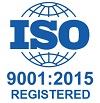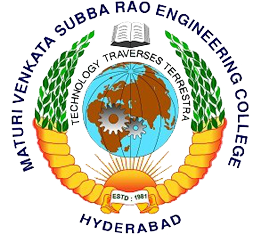WITH EFFECT FROM THE ACADEMIC YEAR 2013 - 2014
ME 408
NON CONVENTIONAL ENERGY SOURCES
(ELECTIVE - I)
Instruction 4 Periods per week
Duration of University Examination 3 Hours
University Examination 75 Marks
Sessional 25 Marks
Unit-1
Statistics on conventional energy sources and supply in developing countries, Definition-Concepts ofNCES, Limitations of RES, Criteria for assessing the potential ofNCES. Classification of NCES-Solar, Wind, Geothermal, Bio-mass, Ocean Energy Sources, comparison of these energy sources.
Unit-II
Solar Energy-Energy available form Sun, Solar radiation data, Solar energy conversion into heat, Flat plate and Concentrating collectors, Mathematical analysis of Flat plate collectors and collector efficiency, Principle of Natural and Forced convection, Solar engines-Stirling, Brayton engines, Photovoltaic, p-n junction, solar cells, PV systems, Stand-alone, Grid connected solar power satellite.
Unit-III
Wind energy conversion, General formula -Lift and Drag- Basis of wind energy conversion -Effect of density, frequency variances, angle of attack, and wind speed. Windmill rotors- Horizontal axis and vertical axis rotors. Determination of torque coefficient, Induction type generators- working principle.
Unit-IV
Nature of Geothermal sources, Definition and classification of resources, Utilization for electric generation and direct heating, Well Head power generating units, Basic features- Atmospheric exhaust and condensing, exhaust types of conventional steam turbines.
Pyrolysis of Biomass to produce solid, liquid and gaseous fuels, Biomass gasification, Constructional details of gasifier, usage of biogas for chulhas, various types of chulhas for rural energy needs.
Unit-V
Wave, Tidal and OTEC energy- Difference between tidal and wave power generation, Principles of tidal and wave power generation, OTEC power
plants, Operational of small cycle experimental facility, Design of 5 Mw OTEC pro-commercial plant, Economics of OTEC, Environmental impacts of OTEC. Status of multiple product OTEC systems.
Suggested Reading:
- 1.Ashok V Desai, Non-Conventional Energy, Wiley Eastern Ltd, New Delhi, 2003
- 2.Mittal K M, Non-Conventional Energy Systems, Wheeler Publishing Co. Ltd, New Delhi, 2003.
- 3.Ramesh R & Kumar K U, Renewable Energy Technologies, Narosa Publishing House, New Delhi, 2004
- 4.Wakil MM, Power Plant Technology, Mc Graw Hill Book Co, New Delhi, 2004.
13 14



